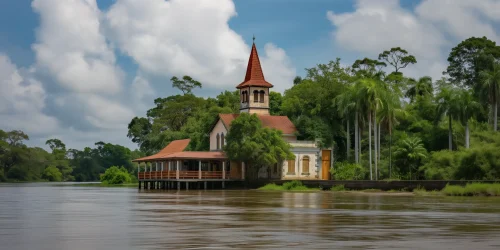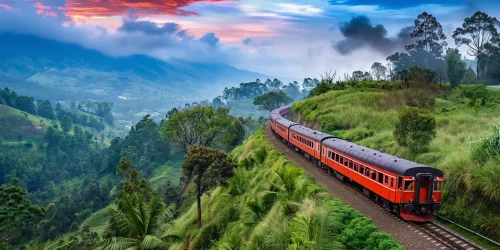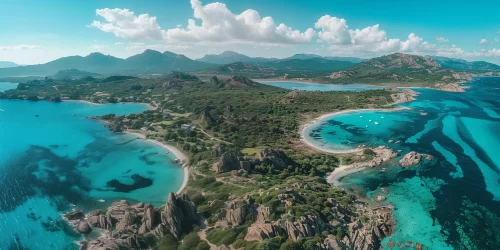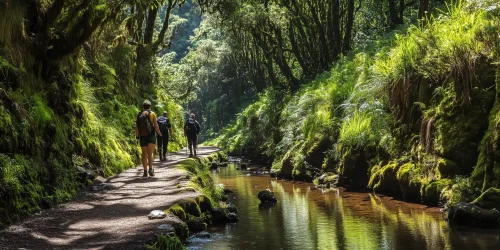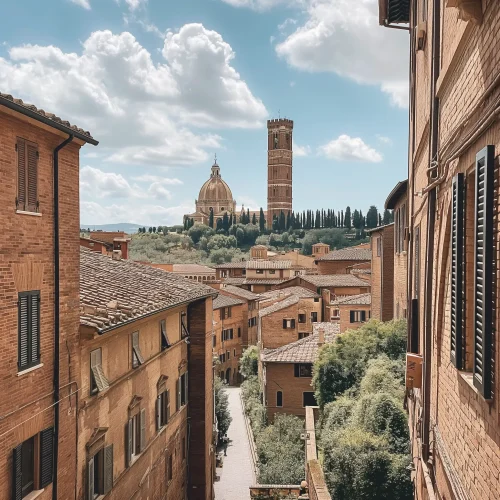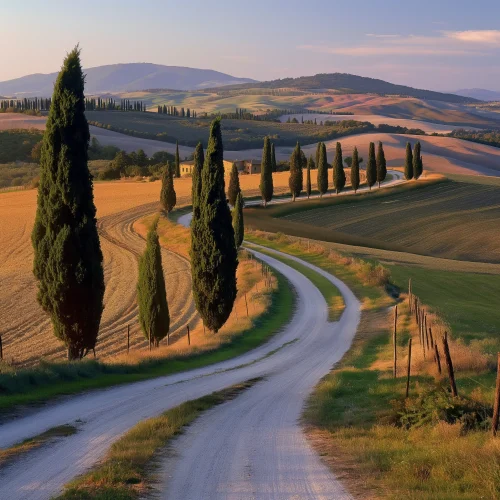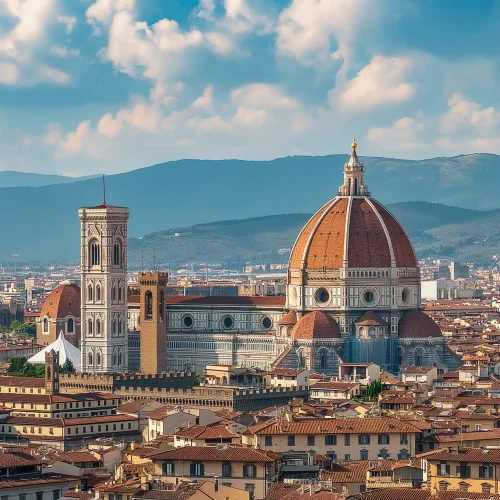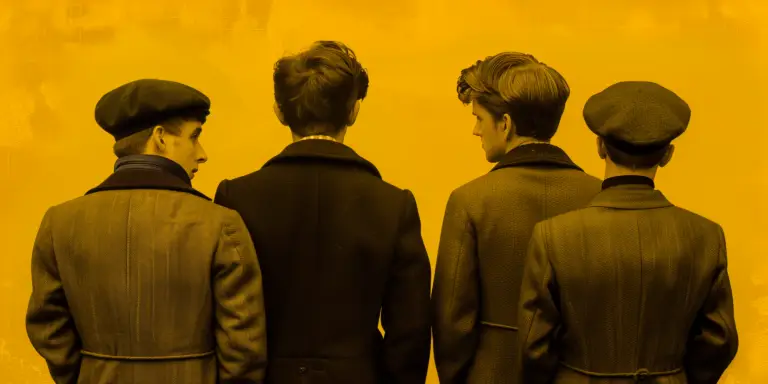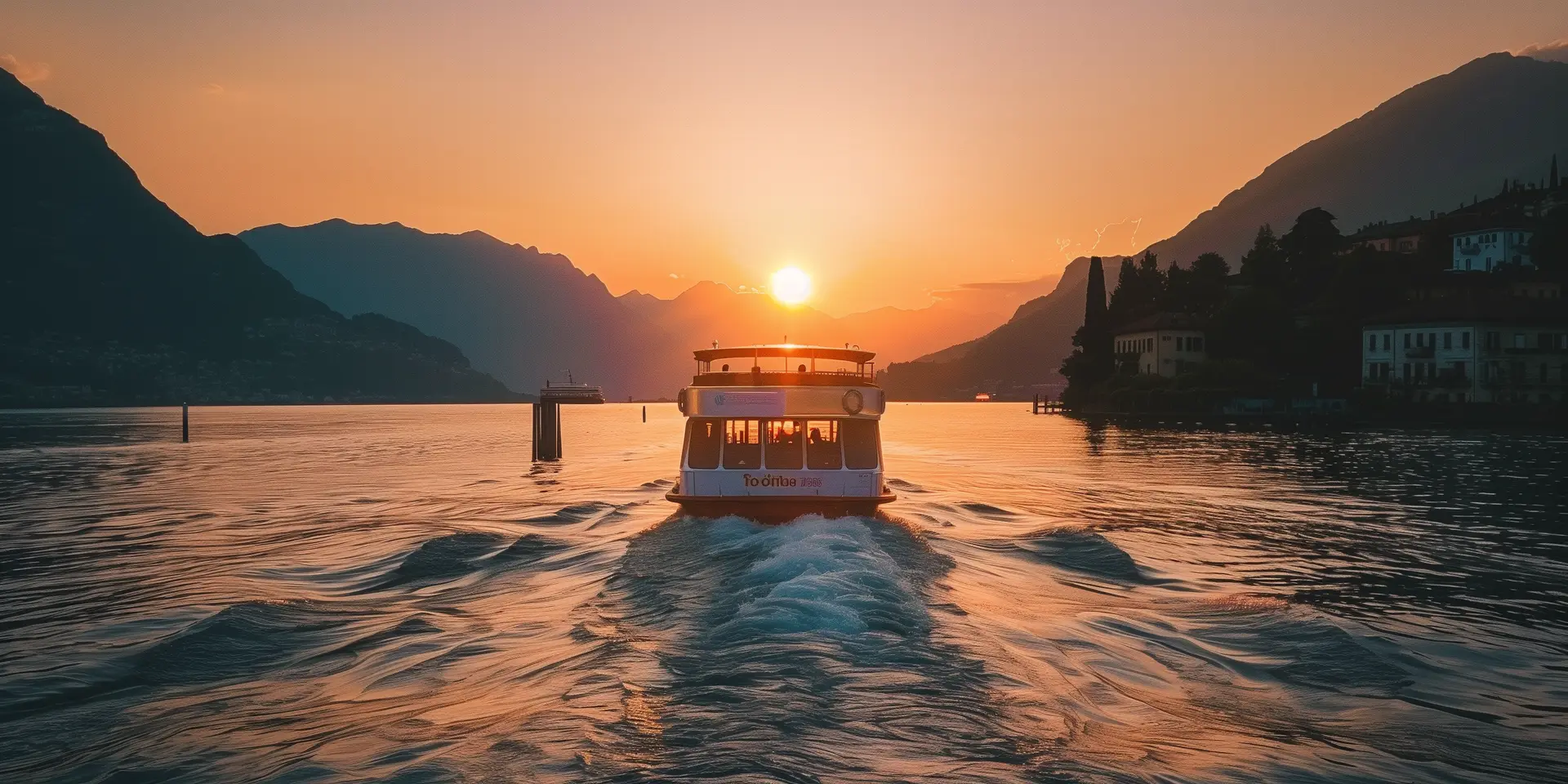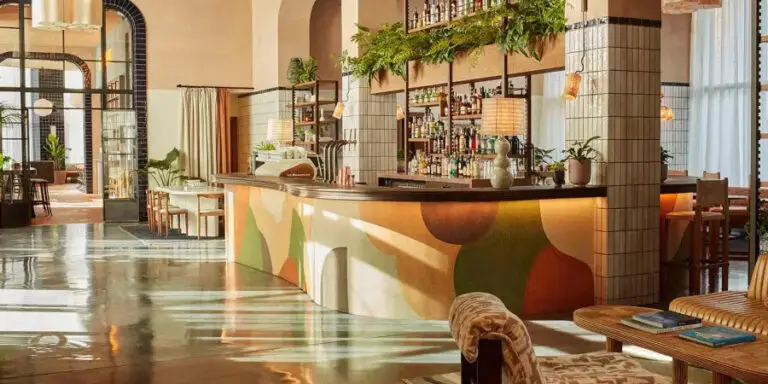Ah, Tuscany! A place where the wine flows as freely as the poetic Italian language. Nestled in the heart of Italy, Tuscany is a destination that seems ripped from the pages of a romantic novel, offering landscapes dotted with cypress trees, rolling hills, and vineyards as far as the eye can see. Here’s your comprehensive guide on when to visit, how to get there, and the must-visit spots that capture the essence of this enchanting region.
Best Time to Visit Tuscany
Timing is everything when it comes to visiting Tuscany. The region shines brightest from late spring (May) to early autumn (September). During these months, the weather is blissfully warm, perfect for vineyard tours, city explorations, and leisurely countryside drives. The summer months are peak tourist season, so if you prefer something a little quieter, aim for May or September when the days are still long and sunny, but the crowds have thinned.
Getting to Tuscany
By Air: The most convenient gateways to Tuscany are through Florence’s Aeroporto di Firenze-Peretola and Pisa International Airport. From either, you can rent a car or take public transport to explore the region.
By Train: Tuscany is well-connected by train, with frequent services from major Italian cities to Florence, Pisa, and Siena. It offers a scenic and relaxing way to travel.
By Car: Renting a car gives you the freedom to explore Tuscany’s picturesque back roads and charming small towns at your own pace.
Where to Go in Tuscany
Florence: The Cradle of the Renaissance
- The Duomo: Florence’s cathedral, with its iconic red dome engineered by Brunelleschi, offers panoramic views of the city if you’re willing to climb its 463 steps.
- Uffizi Gallery: Home to the world’s greatest collection of Italian Renaissance art, featuring works by Botticelli, Michelangelo, and Leonardo da Vinci.
- Ponte Vecchio: The oldest bridge in Florence, known for its shops of jewelers, art dealers, and souvenir sellers.
Siena: A Step Back in Time
- Piazza del Campo: Known for hosting the Palio di Siena, this shell-shaped town square is surrounded by magnificent medieval architecture.
- Siena Cathedral: A stunning example of Italian Gothic architecture, featuring intricate façade designs and a unique black and white interior.
Pisa: More Than Just a Leaning Tower
- The Leaning Tower of Pisa: While it’s the star attraction, don’t miss climbing the tower for a slightly skewed view of the city.
- Pisa Cathedral and Baptistery: These are masterpieces of Romanesque architecture, featuring detailed mosaics and impressive acoustics in the Baptistery.
Lucca: The City of 100 Churches
- Lucca’s City Walls: These well-preserved Renaissance walls encircle the old town and are now a pedestrian promenade, offering lovely views and a great walking path.
- San Michele in Foro: A Roman Catholic basilica church in Lucca that is built over the ancient Roman forum.
Chianti Wine Region: A Vino Lover’s Paradise
- Wine Tasting Tours: Explore the vineyards spread across rolling hills and sample some of the best wines Italy has to offer.
- Castello di Brolio: A historic castle that offers tours and wine tastings, providing insights into the history of Chianti and winemaking.
Val d’Orcia: Nature’s Canvas
- Montalcino: Famous for its Brunello di Montalcino wine, this charming hill town offers stunning views and rich history.
- Pienza: A small town known as the “ideal city of the Renaissance,” with beautiful Renaissance architecture and breathtaking countryside views.
The Maremma: Tuscany’s Wild Heart
- Natural Park of Maremma: Offering a variety of nature trails and pristine landscapes, it’s a great spot for hiking and seeing diverse wildlife.
- Monte Argentario: A picturesque promontory known for its rugged coastline and beautiful seaside towns like Porto Santo Stefano and Porto Ercole.
San Gimignano: The Town of Fine Towers
- Medieval Skyline: Explore the town known for its fourteen stone towers that create a unique medieval skyline visible from the surrounding countryside.
- Vernaccia di San Gimignano Wine Museum: Discover the tradition behind Vernaccia, a white wine produced only in this area.
Cortona: Under the Tuscan Sun
- Etruscan Academy Museum: Housing significant Etruscan artifacts, it offers insights into the ancient history of the region.
- Bramasole Villa: The famous villa from the book and movie “Under the Tuscan Sun.”
Tips for Your Trip
- Stay Local: Consider agriturismos (farm stays) for authentic Tuscan hospitality and cuisine.
- Wine Tours: Join a guided wine tour in Chianti or Montalcino.
- Learn a Few Phrases: A few Italian phrases will endear you to the locals.
Tuscany is more than just a destination; it’s a sensory experience that combines art, history, culture, and nature. So pack your bags (and maybe an extra suitcase for wine), and prepare to be captivated by the timeless allure of Tuscany. Salute!
